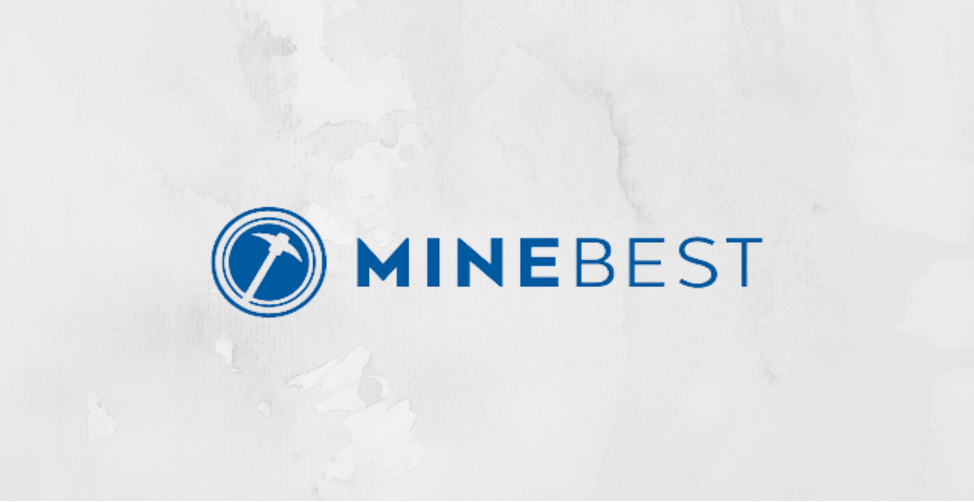Crypto mining is a calculation-intensive computation process that requires high processing power along with high electricity consumption. The miner who first solves the puzzle gets to place the next block on the blockchain and claim the rewards. However, to have a chance at winning a block reward, one needs to have massive computational powers, now mostly provided by mining pools.
Essentially, in mining pools, the mining process stays the same, but miners work as a group or collective, and they join their computing power and effort of finding and verifying blocks of transactions.
When the pool gets a reward, it is shared among the participants who contributed to the process. Generally, the rewards are split according to each contribution based on the processing power and effort of the individual.
Birth of Mining Pools
Mining pools have been in operation since late 2010, when they emerged as a means for solo miners to share their computing resources and increase their chances of discovering blocks. In November 2010, Bitcoin mining would experience a revolution.
In the threads of Bitcointalk, Slush floated the idea of people who mine on CPUs to join forces to have a better chance at winning block rewards.
“I have an idea: Join poor CPU miners to one cluster and increase their chance to find a block!”
That was the inception of Mining Pools as we know it. Now, Slush Pool captures 9.3% of the BTC network hashrate. Since 2010, it has mined over 1 million BTC and now boasts 8,500 miners and a hash rate of more than 5 EH/s – an increase of 8.4 billion times in nine years.
In a mining pool, miners connect to a central server and pool hashrate. In the simplest and first form of mining, pay-per-last-N-shares (PPLNS), all pool miners continued to mine until one of them found a block. If the block was accepted by the network, its reward of 50 bitcoins was split proportionally among all the miners.
Evolution of Mining Pools
In 2011, the increasing expected revenue gained from mining led miners to create new large pools such as BTCGuild and SlushPool. The appearance of these two pools participated in the rise of market share concentration until the beginning of 2012. In the second market cycle of Bitcoin, existing pools increased their hash power, and new pools experienced significant growth (F2Pool and GHash.IO), especially in 2014.
After the decrease of bitcoin’s value in 2015, the market price raised again and reached peaks at roughly $450 in December 2015 and even $750 in June 2016. During this period, F2Pool and AntPool largely increased their hashpower.
At this time, newly created pools (Bitfury, BTCC Pool, and BW.COM) considerably enhanced their hash rate. The fourth cycle was driven by the sharp rise of Bitcoin market price at the end of 2017. Most existing large pools, and in particular BTC.com and AntPool, increased their hash rates. Both pools are owned by BitMain, the Chinese Bitcoin mining hardware manufacturer.
Until 2015, most pools were located in Europe and the US. The rapid growth of two important Chinese pools (F2Pool and AntPool) profoundly modified this landscape and made China the largest pool hosting nation from 2015 to 2018.
Mining in Exceptional Datacenter Facilities
As ASICs entered the mining market, most other mining tools were deemed useless. Additionally, each improvement to an ASIC machine deemed the older generations of mining products. This trend, continuing over almost a decade, has moved mining from the rooms of computer geeks to the hands of a few industrialists specializing in mining.
Whether mining pools or standalone farms, to keep mining operations fast and profitable, one needs access to the best data center facilities to mine Bitcoin. MineBest builds data center facilities tailored for providing hosting services of mining equipment. As a technologically advanced infrastructure company, the company makes it possible to reap the rewards of mining cryptocurrencies while counting on a world-class hosting provider. MineBest runs multiple cryptocurrency mining farms and provides state-of-the-art facilities and infrastructure that are maintained by experts around the clock.
MineBest’s exceptional data center facilities have not gone unnoticed, as they have won the “Best Reputation of Mining Farm” award at the International Digital Mining Summit 2019, additionally being listed as one of the top 10 mining farms in the world.
Mining pools can be seen as a way to lower the barrier for entry for individuals who want to reap the benefits of block rewards. One doesn’t need to invest their time and money in building a huge mining setup. They can leverage the infrastructure and expertise of professionals like MineBest.
Disclaimer
This article is sponsored content and does not represent the views or opinions of BeInCrypto. While we adhere to the Trust Project guidelines for unbiased and transparent reporting, this content is created by a third party and is intended for promotional purposes. Readers are advised to verify information independently and consult with a professional before making decisions based on this sponsored content. Please note that our Terms and Conditions, Privacy Policy, and Disclaimers have been updated.


